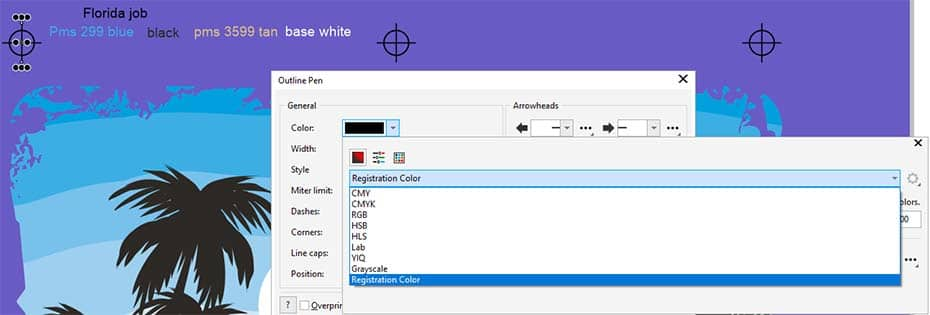


In the Fill area of the Object properties docker, click one of the following buttons: To create a vector or bitmap pattern from the workspace You can also apply a vector or a bitmap pattern fill by clicking the Interactive fill tool in the toolbox, clicking the Vector pattern fill or Bitmap pattern fill button on the property bar, and choosing a fill from the Fill picker. Open the Fill picker, and click a pattern thumbnail.Ĭlick the Apply button in the pop-up window that appears. In the Object properties docker, click one of the following buttons: To edit the attributes of the two-color fill, in the Object properties docker, click the arrow button at the bottom of the Fill section to display more fill options, and specify the attributes you want. You can mix colors by holding down Ctrl while dragging a color to the interactive handles. You can drag colors from the color palette to the interactive handles to change the colors of the fill. You can also apply a fill by clicking the Interactive fill tool in the toolbox and clicking the Two-color pattern fill button on the property bar. You can also mix colors in a two-color pattern fill by pressing Ctrl and clicking a color on the color palette. Open the Back color picker, and click a color. Open the Front color picker, and click a color. In the Object properties docker, click the Two-color pattern fill button. The bitmap pattern effects available in both Patterns and CorelDRAW let you create seamless patterns and adjust the pattern parameters, such as the pixel configuration along the edge of the tile and the brightness, luminance, and color contrast of the pattern. For example, if you enlarge the object, the pattern becomes larger while the number of tiles remains the same.īitmap patterns created in Patterns, an iOS application that turns photos into bitmap patterns, can be opened in CorelDRAW. If you want a pattern fill to change according to actions you perform on the filled object, you can set the fill to transform with the object. You can mirror the fill so that alternating tiles are reflections of each other. Adjusting the horizontal or vertical position of the first tile, relative to the top of the object, affects the rest of the fill. CorelDRAW also lets you offset tiles in a fill. For example, you can change the size of the pattern fill, or specify exactly where the fill begins by setting the tile origin. You can modify pattern fills to suit your needs. For more information, see Saving and sharing fills and transparencies. You can create a new pattern by selecting an area of the workspace to use as a tile, or by using an imported image as a tile source.Īfter you create a new pattern, you can save it for future use or share it with other users on the Content Exchange. The pattern is created by repeating the tile to fill up the object. Depending on the size of the object, the fill may consist of one or more tiles. Vector and bitmap patterns are made up of smaller units called tiles. For example, you can create patterns from areas of the workspace or images that you import. For more information, see Managing fills and transparencies. You can browse the available patterns, search patterns by keyword, mark patterns as favorites, vote for patterns that you like, or copy patterns from the Content Exchange to your personal library. A bitmap pattern fill is a bitmap image whose complexity is determined by its size, image resolution, and bit depth.ĬorelDRAW provides a collection of vector and bitmap patterns that you can access. A vector fill can have color or transparent background. A vector pattern fill is a more complex vector graphic composed of lines and fills. A two-color pattern fill is composed only of the two colors that you choose.


 0 kommentar(er)
0 kommentar(er)
